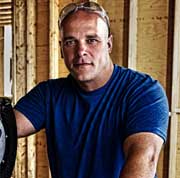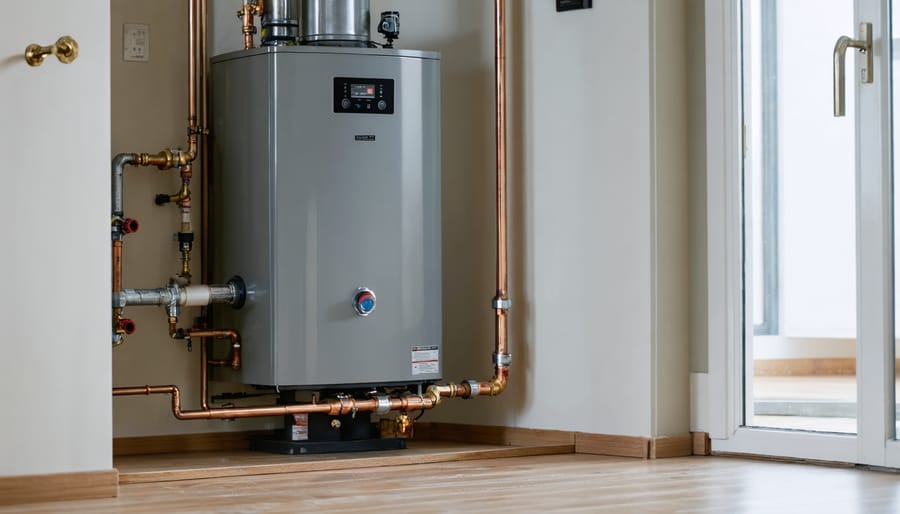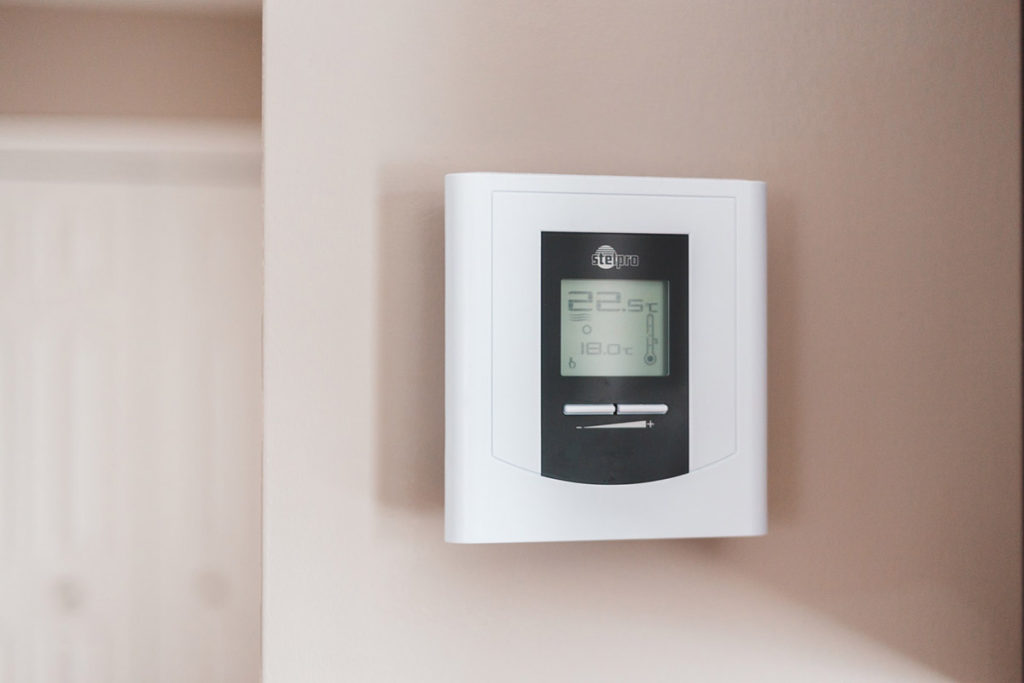Protect your home’s heating system and save thousands in repairs by mastering essential oil furnace maintenance. Understanding the importance of furnace maintenance can extend your system’s lifespan by 5-10 years and reduce heating costs by up to 30%. This comprehensive maintenance checklist covers critical monthly tasks like checking oil tank levels and replacing filters, essential seasonal adjustments to optimize efficiency, and crucial annual professional inspections that prevent costly breakdowns. Whether you’re a first-time homeowner or a seasoned DIY enthusiast, following these expert-recommended maintenance steps will keep your oil furnace running safely and efficiently through every heating season. Learn which tasks you can confidently handle yourself and when to call in the professionals, ensuring your home stays warm while protecting your investment.
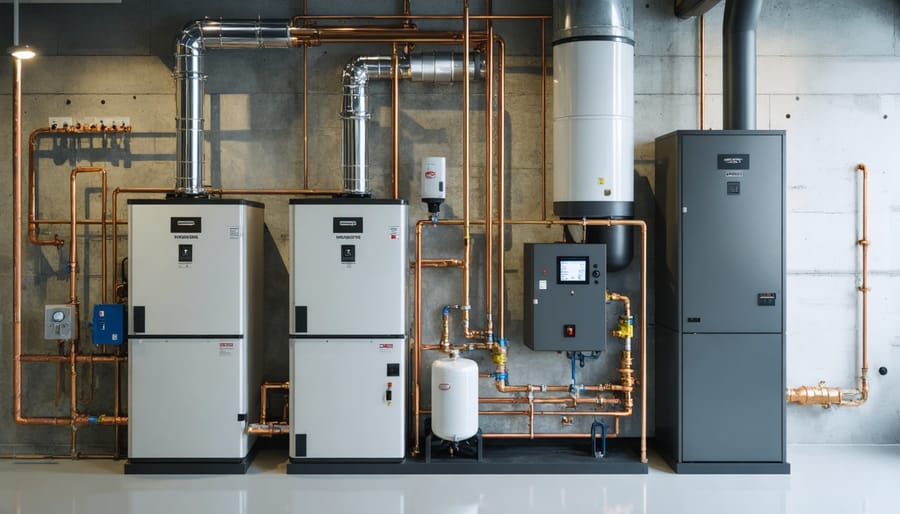
Monthly Oil Furnace Checks
Oil Tank Inspection
Keeping an eye on your oil tank is crucial for both safety and efficiency. Start by checking your oil levels monthly using the tank’s gauge – it’s as simple as reading a gas gauge in your car. A good rule of thumb is to schedule a refill when the tank reaches the quarter-full mark to avoid running empty during cold spells.
While checking levels, inspect the tank’s exterior for any signs of rust, dents, or leaks. Pay special attention to the bottom of the tank where moisture tends to collect. Look for wet spots or oil stains around the tank base, which could indicate a leak. Don’t forget to examine the oil supply lines and connections for any signs of wear or damage.
Keep the area around your tank clear of debris and vegetation, and ensure the tank’s legs remain stable and level. If your tank is outdoors, check that the vent pipe is unobstructed and the fill pipe cap is secure. Any concerns about tank integrity, such as severe rust or wobbling, warrant immediate professional attention – it’s better to address these issues early than face a costly cleanup later.
Remember to maintain detailed records of your oil usage and tank inspections. This helps identify unusual consumption patterns that might indicate furnace efficiency problems.
Filter and Belt Check
Regular filter and belt checks are crucial steps in maintaining your oil furnace’s efficiency and longevity. Start by locating your furnace’s air filter, typically found in the blower compartment or return air duct. Knowing about choosing the right furnace filters can save you money and ensure optimal performance.
Pull out the filter and hold it up to a light source. If you can’t see light passing through, it’s time for a replacement. Even if it appears clean, plan to change your filter every 1-3 months during heating season, or more frequently if you have pets or live in a dusty area.
Next, examine the blower belt for signs of wear, cracking, or looseness. A properly tensioned belt should deflect about ¾ inch when pressed firmly in the middle. If you notice fraying edges, cracks, or glazing (a glossy, hardened appearance), it’s time for a replacement.
Listen for any unusual squealing or squeaking sounds when the blower runs, as these often indicate a worn or loose belt. While checking the belt, ensure the pulleys are properly aligned and show no signs of wear. If you’re comfortable doing so, gently clean any dust accumulation from the belt and pulleys using a soft brush.
Remember to power off your furnace before performing any maintenance tasks, and if you’re unsure about making adjustments, don’t hesitate to call a professional.
Seasonal Maintenance Tasks
Pre-Winter Preparation
As the leaves start falling and temperatures begin to drop, it’s crucial to prepare your oil furnace for the demanding winter season ahead. Think of it as giving your heating system a thorough wellness check before its busiest time of the year. Start by inspecting the oil tank for any signs of rust, leaks, or damage. Check the fuel levels and consider scheduling a fill-up to avoid running low during peak usage times.
Next, examine all visible oil lines and connections for potential leaks or wear. Clean or replace the air filter, as a clogged filter can reduce efficiency and lead to common winter heating issues. Don’t forget to clear the area around your furnace, maintaining at least three feet of space from any stored items or flammable materials.
Test your thermostat by running the system through a complete heating cycle. Listen for unusual noises and pay attention to how quickly your home reaches the desired temperature. Inspect the blower motor and belt for signs of wear or unusual operation. Clean the blower assembly and check that all electrical connections are secure.
Finally, test your carbon monoxide detectors and ensure they’re working properly. If you notice any concerning issues during these checks, it’s best to contact a professional HVAC technician before the winter rush begins. This proactive approach helps ensure your furnace operates safely and efficiently throughout the cold season.
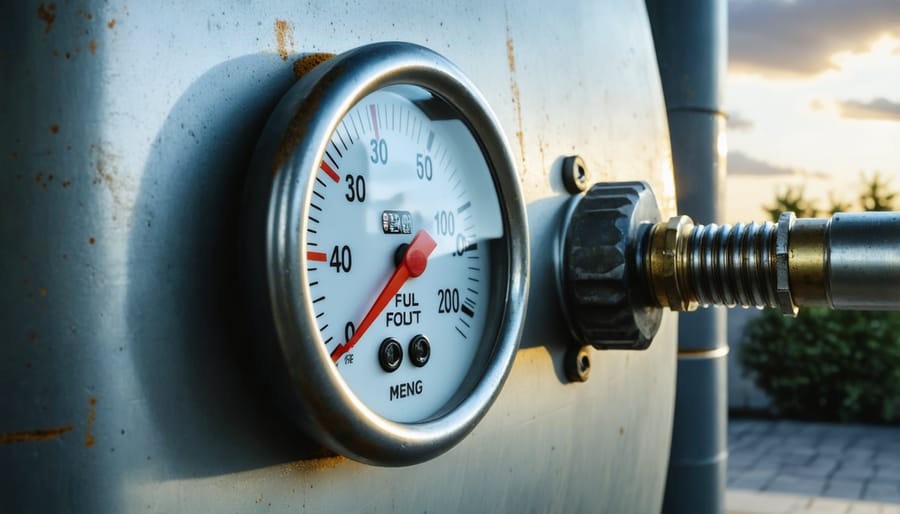
Spring Shutdown Care
As winter bids farewell, it’s time to give your oil furnace a proper send-off until the next heating season. Start by scheduling a final cleaning cycle and let your furnace run for about 15 minutes to help remove any residual oil or debris from the system. This simple step can prevent buildup and corrosion during the off-season.
Next, inspect your fuel tank and consider having it topped off. A full tank reduces condensation inside, which helps prevent rust formation during the warmer months. Don’t forget to clean or replace the air filter one last time – this prevents dust and debris from settling in the system during its dormancy.
Turn off the emergency switch and the oil supply valve to ensure complete system shutdown. This is also the perfect time to vacuum around the furnace area and wipe down exterior surfaces. Check for any oil leaks or unusual wear and tear that might need attention before the next heating season.
Consider placing moisture-absorbing products near your furnace to combat humidity during the spring and summer months. Make notes about any unusual noises or performance issues you noticed during the heating season – this information will be valuable for your maintenance technician’s fall visit.
Finally, mark your calendar for a professional inspection about a month before you plan to restart the system. This proactive approach ensures your furnace will be ready when those first autumn chills arrive.
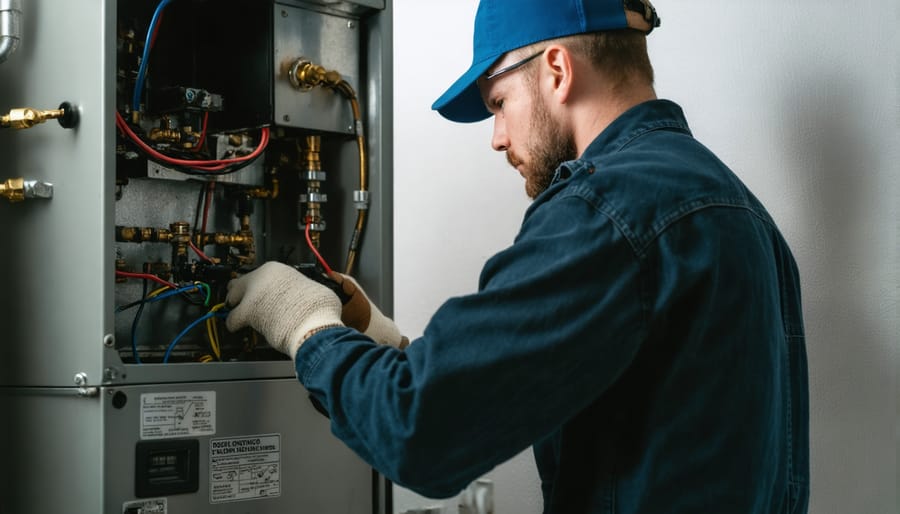
Professional Service Requirements
Annual Tune-up Checklist
When your technician arrives for professional HVAC maintenance, they’ll perform a comprehensive inspection and tune-up of your oil furnace. This typically includes cleaning or replacing the oil filter and nozzle, adjusting the electrodes, and testing the ignition system to ensure proper spark.
Your technician will also clean the heat exchanger and combustion chamber, removing any soot buildup that could reduce efficiency. They’ll check and adjust the draft regulator, ensuring proper airflow for optimal combustion. The burner will be cleaned and calibrated to achieve the right fuel-to-air ratio, which is crucial for both efficiency and safety.
Other essential checks include testing the safety controls, inspecting the chimney connection, and examining the vent pipe for any potential issues. The technician will measure the stack temperature and conduct efficiency tests to ensure your furnace is operating at peak performance.
They’ll also inspect the blower motor, checking for proper operation and lubrication. The fan belt will be examined for wear and adjusted if necessary. Before finishing, they’ll verify that all electrical connections are tight and that the thermostat is properly calibrated.
Remember to schedule this tune-up annually, ideally before the heating season begins. This ensures your furnace runs safely and efficiently when you need it most.
Warning Signs
Your oil furnace will usually give you a heads-up when it needs professional attention. If you notice black smoke or soot around your furnace, it’s a clear sign of incomplete combustion that needs immediate attention. Unusual noises like banging, whistling, or rumbling shouldn’t be ignored – they often indicate mechanical problems that could worsen over time.
Keep an eye on your utility bills, too. A sudden spike in oil consumption without changes in usage patterns suggests your furnace isn’t operating efficiently. If you’re constantly adjusting the thermostat but your home still feels chilly, or if some rooms are much colder than others, your furnace might be struggling to distribute heat properly.
A yellow or flickering flame instead of a steady blue one is another red flag, as is any unusual odor coming from your furnace. While a brief oil smell when first starting up for the season is normal, persistent oil or burning odors warrant professional inspection.
Don’t wait if your furnace repeatedly shuts off or struggles to start – these issues typically indicate electrical problems or failing components that require expert diagnosis and repair.
Safety and Efficiency Tips
Safety should always be your top priority when maintaining your oil furnace. Before starting any maintenance task, ensure the power to your furnace is completely turned off at both the emergency switch and circuit breaker. Always work in a well-ventilated area and keep a fire extinguisher nearby – safety first, always!
To maximize efficiency while staying safe, maintain proper clearance around your furnace. Keep the area free from stored items, especially flammable materials, and ensure there’s at least 30 inches of working space on all sides. This not only prevents fire hazards but also allows for better airflow and easier maintenance access.
Monitor your oil tank levels regularly and never let them drop below 1/8 full. Running your tank too low can stir up sediment and cause system problems. When refilling, avoid overfilling – leave some room for oil expansion during warmer weather.
Set up maintenance reminders on your phone or calendar to stay on top of regular tasks. Monthly filter checks and replacements will keep your system running efficiently and prevent unnecessary strain on the motor. A clean filter can improve efficiency by up to 15%!
Keep detailed records of all maintenance performed, including dates, tasks completed, and any parts replaced. This documentation helps track your furnace’s performance over time and can be invaluable when troubleshooting issues or determining when it’s time for professional service.
Listen to your furnace! Unusual sounds, smells, or operation patterns often signal potential problems. Address these early warning signs promptly to prevent more serious issues. If you notice anything unusual, especially the smell of oil, shut down your system immediately and contact a professional.
Remember, while DIY maintenance is important, some tasks should be left to certified technicians. Schedule professional inspections annually, ideally before the heating season begins. This ensures your furnace operates safely and efficiently when you need it most.
Maintaining your oil furnace isn’t just about keeping warm – it’s about ensuring your home’s safety, efficiency, and comfort for years to come. By following this comprehensive maintenance checklist, you’re taking proactive steps to protect your investment and avoid costly repairs down the road.
Remember to perform those monthly filter checks and keep an eye on your oil levels throughout the heating season. Your quarterly inspections of the blast tube, nozzle, and electrodes will help prevent unexpected breakdowns when you need your furnace most. Don’t forget those essential annual tasks like cleaning the heat exchanger and checking the combustion chamber – they’re crucial for optimal performance.
While many maintenance tasks are DIY-friendly, never hesitate to call a professional when you’re unsure. The small cost of regular professional maintenance is nothing compared to the expense of major repairs or complete system replacement.
By staying on top of these maintenance tasks, you’ll enjoy benefits like lower energy bills, improved indoor air quality, and a longer-lasting heating system. Make this checklist part of your regular home maintenance routine, and you’ll have peace of mind knowing your oil furnace is ready to keep your family warm and cozy through many winters to come.
Keep this guide handy, set calendar reminders for regular maintenance, and your oil furnace will reward you with reliable performance season after season.
